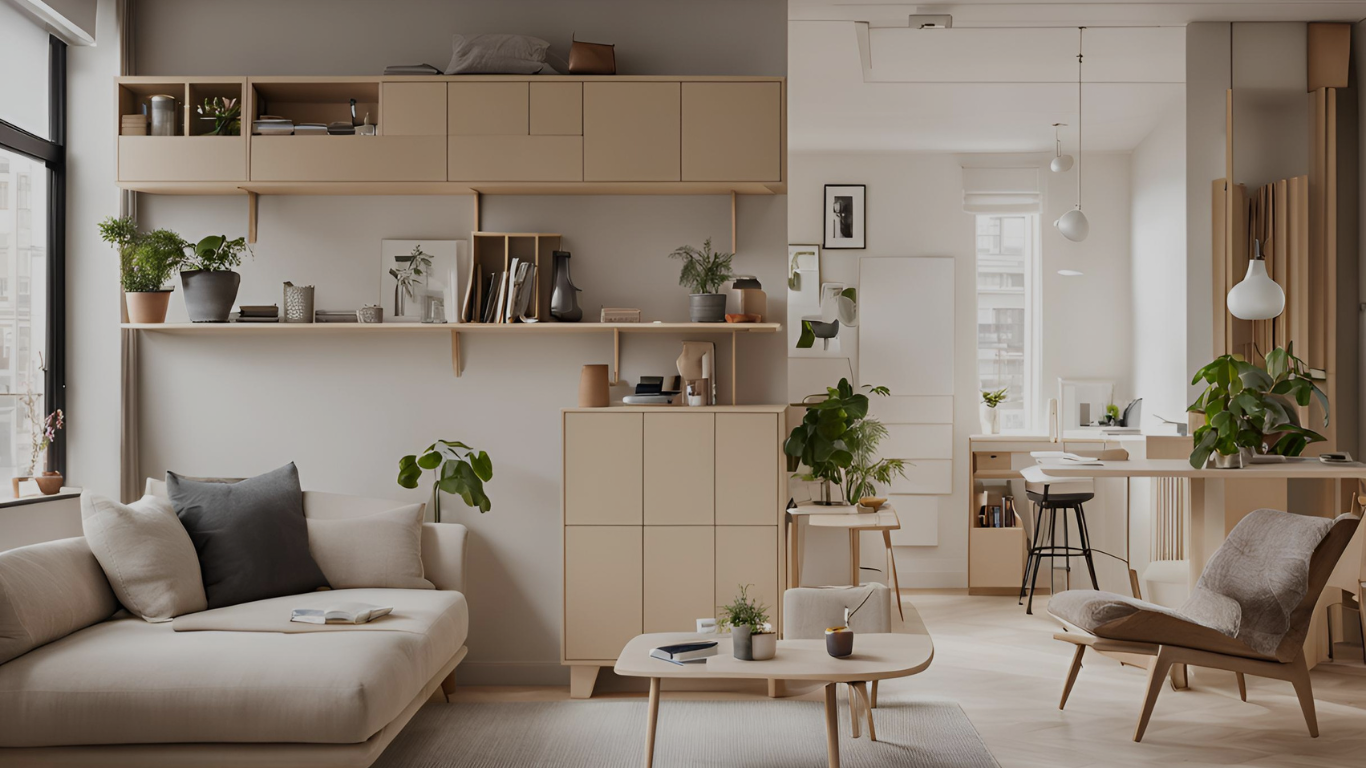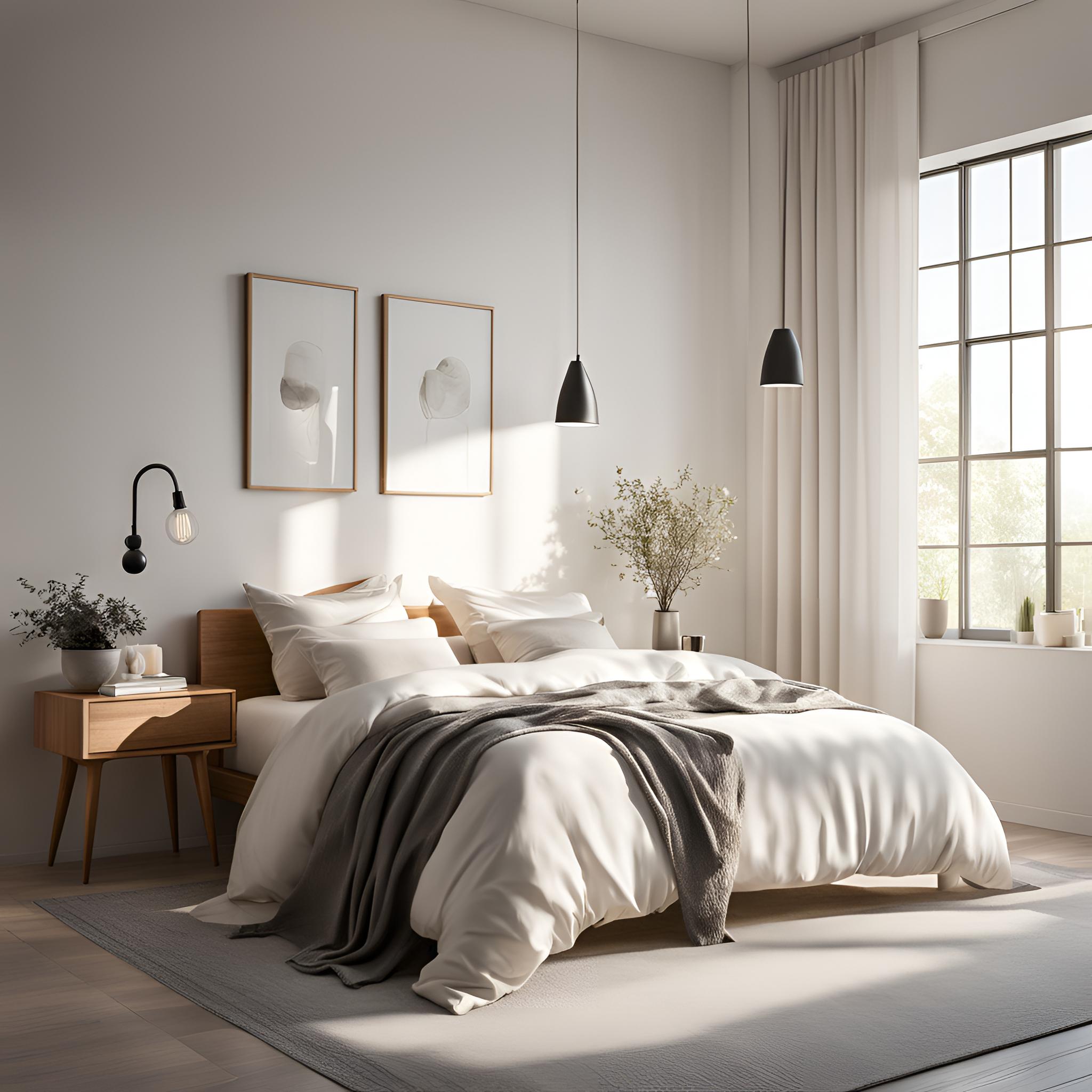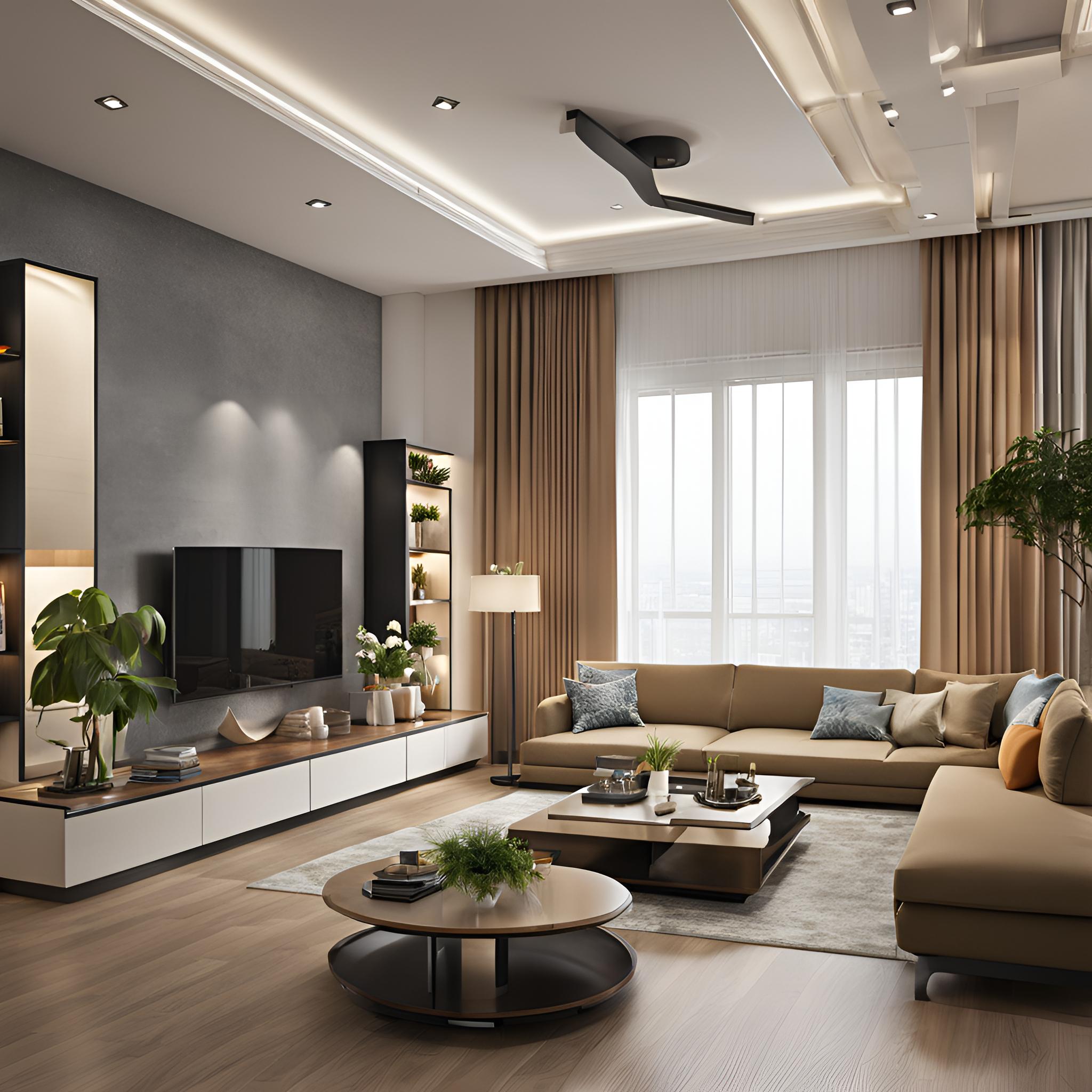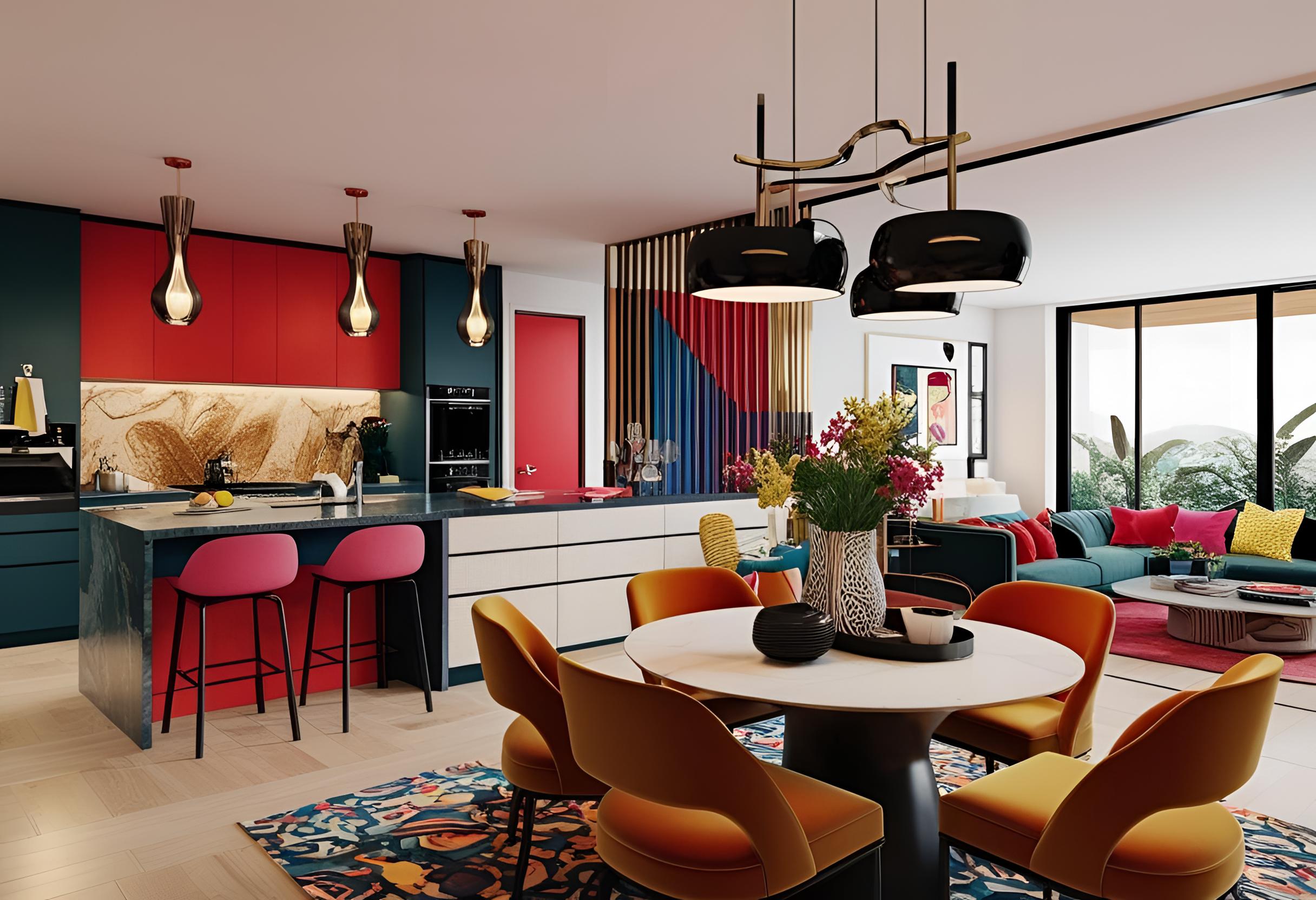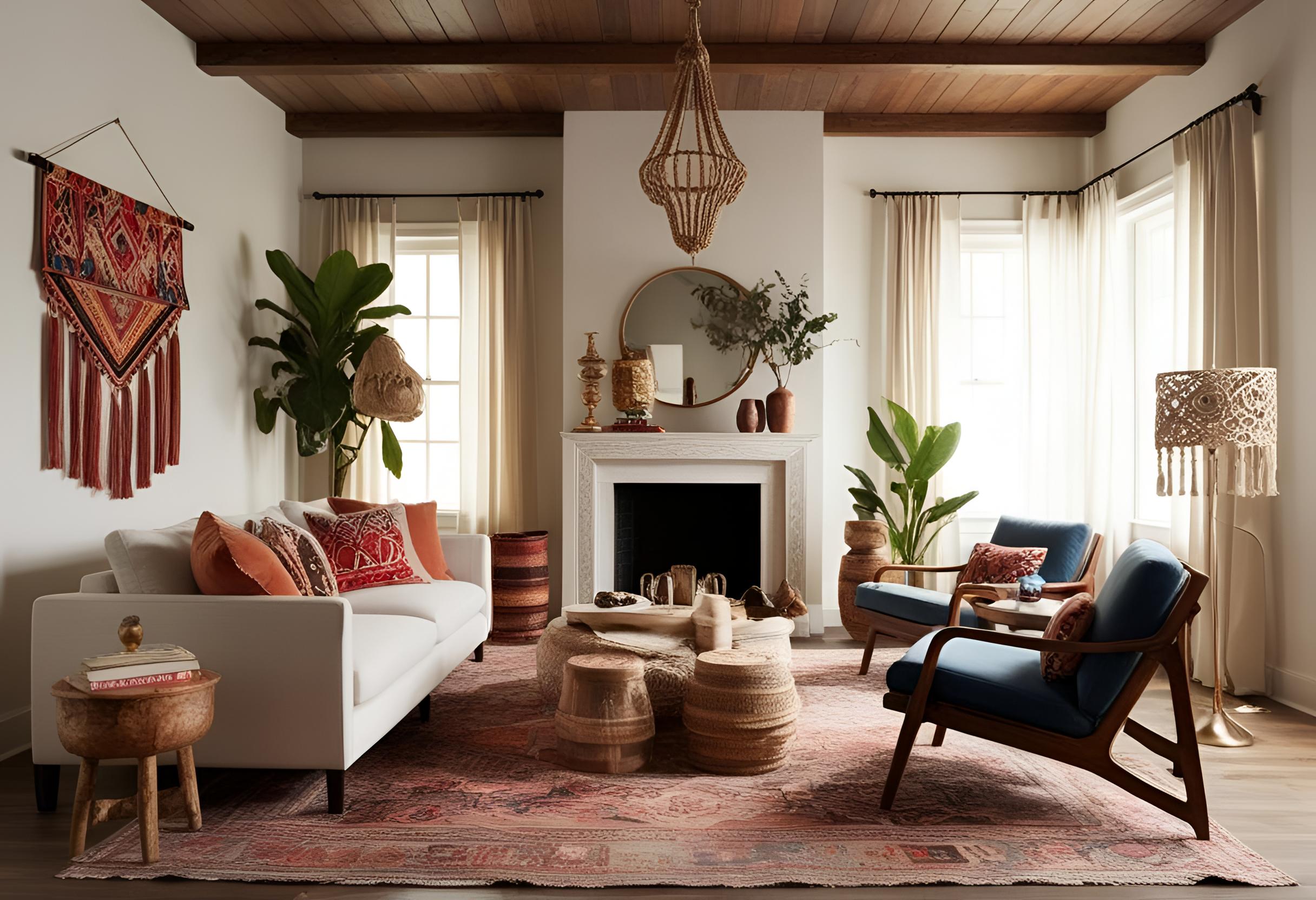Designing small spaces can be a challenge, but with the right approach, you can create a stylish and functional environment that feels spacious and comfortable. Whether it’s a tiny apartment, studio, or compact home, here are some of the best interior design ideas for small spaces that will help you make the most of every inch.
Open Floor Plan Concept
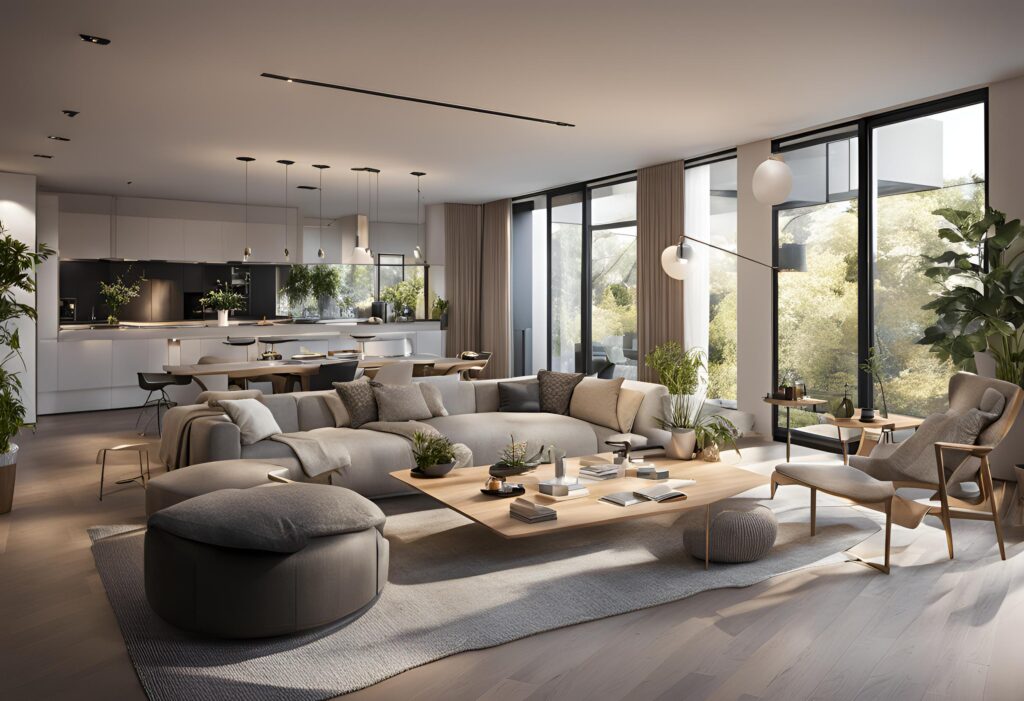
An open floor plan is one of the best ways to make a small space feel larger. By removing unnecessary walls and partitions, you create a sense of flow between different areas. This design encourages natural light to fill the space, making it feel airy and open. For example, you can combine the living room and dining area into one seamless space while still maintaining distinct zones with clever furniture arrangement or lighting.
Multi-Functional Furniture

When dealing with limited space, multi-functional furniture is a game-changer. Look for pieces that serve more than one purpose, such as sofa beds, extendable dining tables, or storage ottomans. These furniture pieces help maximize space while still offering all the necessary functions. For instance, a sofa bed can double as seating during the day and a bed at night, saving valuable space in a studio apartment.
Want a home that reflects your style?
Enjoy custom designs with premium materials for a truly distinctive style.
Vertical Storage Solutions
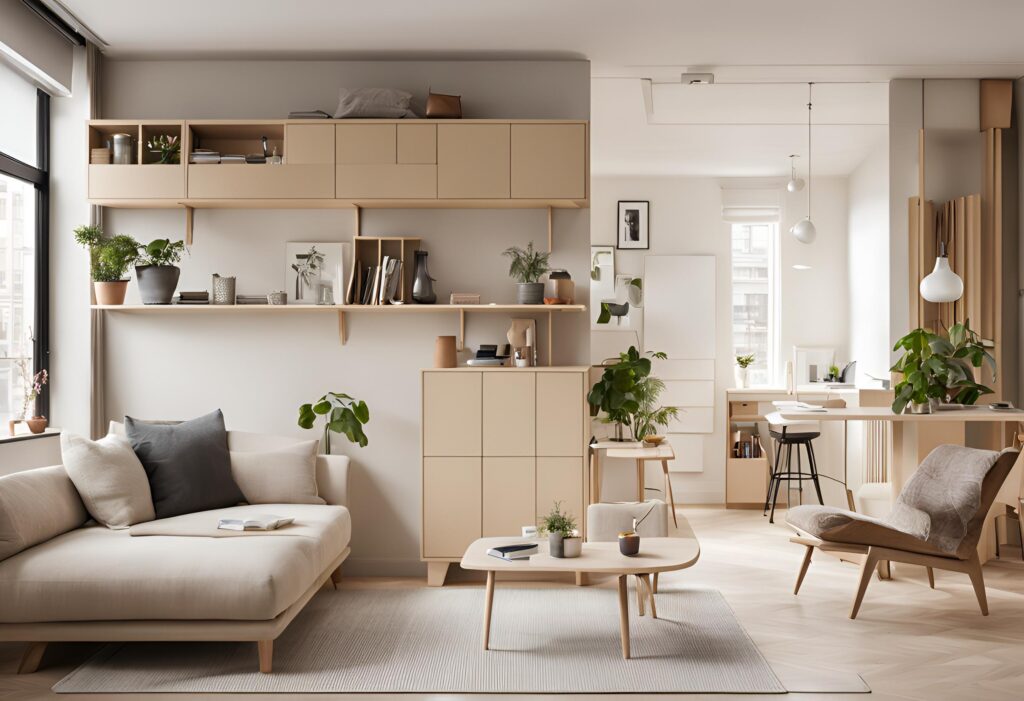
In small spaces, maximizing vertical space is essential. Use wall-mounted shelves, floating cabinets, and hanging storage racks to store books, decorative objects, or kitchen supplies. This keeps the floor space open and clutter-free while making use of underutilized wall space. Additionally, consider tall furniture that reaches up to the ceiling to take advantage of every square inch.
Mirrors to Create Illusion of Space

Mirrors are one of the most effective tricks for making small spaces feel larger. Placing large mirrors on walls or incorporating mirrored furniture reflects light and creates the illusion of depth. A well-placed mirror not only makes the space feel more premium but also enhances natural light and adds a touch of elegance.
Use of Light Colors and Minimalist Decor

Opting for light and neutral color palettes is key in small spaces. Shades of white, beige, and soft pastels reflect light, making the space feel more open. Keep the decor simple and choose pieces that serve a purpose. For example, instead of over-decorating with knick-knacks, focus on a few well-chosen items that add character without cluttering the space.
Conclusion
With the right interior design strategies, small spaces can be transformed into stylish, functional, and comfortable living areas. By using multi-functional furniture, incorporating vertical storage, maximizing natural light, and choosing the right color schemes, you can make your small home feel spacious and inviting. Whether you prefer a minimalist design or a more eclectic mix, these ideas will help you create the perfect atmosphere in any compact space.
Frequently Asked Questions (FAQ)
To make a small room feel bigger, focus on using light colors for the walls and furniture. Incorporate mirrors to reflect light and create the illusion of depth. Additionally, keeping the room uncluttered with smart storage solutions and using multi-functional furniture will help maximize space and make it appear larger.
For small spaces, opt for multi-functional furniture like sofa beds, foldable dining tables, and storage ottomans. Furniture with sleek lines and minimal designs works well in smaller rooms, as it doesn't overwhelm the space. Choose pieces that can serve more than one purpose, such as a coffee table with built-in storage.
In small apartments, vertical storage is key. Use wall-mounted shelves, floating cabinets, and tall furniture to store items without taking up floor space. You can also use under-bed storage, hidden compartments in furniture, and multifunctional pieces to maximize storage options.
Light and neutral colors like whites, beiges, light grey, and pastels are ideal for small spaces because they reflect light and make the room feel more open. You can add pops of color through accessories or artwork, but it's important to keep the overall palette light to avoid making the space feel cramped.
To maintain style without overcrowding a small space, focus on a minimalist design approach. Keep decor simple and functional, opting for statement pieces that don't overwhelm the room. Use textures like wood, metal, or fabric to add interest without adding clutter, and be selective with the items you display.


